In early August, Julian Kong, the editor of Eloquence, sent me an email asking if I’d be interested in writing a feature-length story for their upcoming issue.
“It’s about Anna Wintour,” he wrote, “the editor in chief of Vogue Magazine.” Julian suggested I watch the documentary The September Issue, which follows the making of Vogue’s largest-ever edition of the magazine, its 2007 September issue.
The story assignment was two-fold: “a bio on Wintour plus the effects of fashion in Seoul and how it’s changing the city to a more globalized pace.”
Incorporating both themes into one story proved challenging, as the desk, floor, and coffee table in my apartment revealed 10 days later, papered with highlighted film quotes, names of Korean designers, and scribbled arrows outlining possible structure ideas. In the end, the words emerged and I recovered with a Monday-night beer down by the stream. Anna Wintour–you are one tough lady. Korean fashion–I’m not done with you yet.
(View article below.)
.

.
The September Issue, Vogue, and Korea’s Fashion Climb
By Courtney Tait
Published in Eloquence Magazine, September 2010
…………………………………………………………………………………………………………..
In her summer home on Long Island, New York, Anna Wintour fixes her gaze to the camera lens. Her face is bird-like, eyes green, and her signature hair is scissored into a sharp, blond bob. It’s 2007, and Wintour—the famously icy editor-in-chief of American Vogue—is talking about designer jeans and high-end dresses. For the past eight months she has overseen the creation of the magazine’s upcoming, largest-ever September issue, a rigorous process followed by director R.J. Cutler in his absorbing 2009 documentary The September Issue. British-born, Wintour speaks with an accent that blends Southern England with the American East Coast. “There’s something about fashion,” she says, “that can make people very nervous.”
Wintour should know. The former fashion editor of both Harper’s Bazaar and British Vogue, she has ruled the American Vogue team for over 20 years, commandeering every aspect of the monthly publication, from which fur accessory appears in a shoot to what font size is suitable for an upcoming feature. Having once called her most important quality “decisiveness,” Wintour displays the trait early on in the film, flipping through fashion boards and uttering a quick, certain, “yes,” or “no.” In a world of floor-sweeping haute couture gowns and front-row Fashion Week seats, Wintour is considered the single most influential global fashion figure, making her “yes” or “no” pivotal to everyone from designers and photographers to celebrities hoping to grace the next Vogue cover.

*
On the other side of the globe, in a sprawling neon city jammed with high rises and street stalls, a group of 12 Korean designers embark on what is to become the country’s leading fashion event. It’s the early 1990’s, and inspired by the success of Tokyo Fashion Week, they launch ‘The Seoul Collection’—a festival of runway shows that, in its inception, reveals home-grown talent to aspiring Korean fashionistas.
Already a leader in the production and export of textiles to other countries, Korea found its domestic fashion footing amidst the rapidly growing late-80’s consumer culture, when what to wear became a question the Korean mindset could afford to ponder. But while Tokyo quickly established its Fashion Week as one of the world’s five largest fashion events, Korea’s international image as a supplier of cheaper raw materials eclipsed the talent of its emerging designers on the global stage. Compounding the challenge of proving product quality to foreign buyers arose another, more complex issue: traces of Korea’s ‘Hermit Kingdom’ mentality lingering amongst the designers themselves.
In 2009, designer Lee Doii—a graduate of London’s Central St. Martins College and creator of the label Doii Paris—said, “I think Korean designers haven’t yet recognized the importance of being international because Korea has a tradition that Korean people stick together. But in the last few years, people have been more aware of the international market. With the help of the government, I think it will start happening.”

*
In a long hallway at Vogue’s headquarters, Grace Coddington paces in flat sandals, a shapeless black dress, and a wild, frizzed mane. It’s five months before the September issue closes, and she’s combing the racks in search of pieces for her “texture” shoot. Both gentle and feisty, Coddington—Vogue’s creative director and the visionary behind its most imaginative photo spreads— provides necessary empathy to the magazine’s hardworking staff, who, with Wintour at the helm, are subjected to blunt, sometimes tactless criticism. As the film’s unexpected star, Coddington stands up to Wintour in a way that no one else can, navigating the editor’s demands while fighting to keep her artistry intact on the page.
“You have to learn the way to beat your path through . . . to find a way that works for you for Vogue,” says Coddington. “A lot of people have come and a lot of people have gone. They just couldn’t take the heartbreak. You have to be fairly tough to withstand that.”
The film follows her and Wintour to Paris, where they scrutinize the Haute Couture shows, talk shop with Jean Paul Gaultier, and prepare for upcoming shoots, one of which will feature the issue’s cover celebrity, British actress Sienna Miller, in various Rome locations. As Coddington points out, Wintour single-handedly ended the 90’s supermodel era when she chose to replace them with celebrities on Vogue’s highly-anticipated covers.
“Anna saw the celebrity thing coming way before everybody else jumped on that bandwagon,” Coddington notes. “You can’t stay behind. You have to go charging ahead, and she did.”

*
On a fashion website called Feet Man Seoul, a model in a red fur-fringed cape is stopped in motion on the runway, spotlights streaming like stars behind her. Below, Korea-based American photographer and social critic Michael Hurt has posted a new entry in black letters: ‘Recommendations to Improve Seoul Fashion Week.’ It’s 2008, and Hurt—who has attended the event (renamed from the original Seoul Collection) several times and who compiles his suggestions based on the online and offline reactions to SFW by foreign press and buyers—details tips for increasing its minimal success rate attracting foreign buyers.
“The #1 goal of the organizers of Seoul Fashion Week,” he writes, “should be to provide as much support for foreign press, buyers, and designers to accomplish their goals.”
One of Hurt’s main concerns is the overpricing of Korean merchandise. “Recognize that Korea is not yet Paris or Milan,” he writes, “or even Tokyo.” Stressing that many people still associate Korean products with low quality, he rails against designers pricing their clothing at the same prices (or higher) that French or Italian designers charge, pointing out that the foreign buyer will have to try to convince their domestic clients to buy a Korean product for the same price as a recognized local designer. “Several buyers,” he writes, “were complaining they couldn’t buy anything because the prices were too high.”
It’s a sentiment shared by Korean Fashion Association chairman Won Dae-yun, who in the same year said, “Most Korean garments are very expensive because they only focus on the local market. But the local market is already 50 percent occupied by foreign brands . . . local designers are screaming that they are having difficulty and can’t survive, but they don’t even try to make their prices lower.”
In addition to high prices, Hurt bemoans the “ludicrous” lack of ample, well-translated English materials necessary to give buyers information about Korean fashion. “Instead of fancy wireless touch pad ordering systems that no one really cares about,” he writes, “how about spending all that money preparing English-language materials . . .?” The suggestion underscores a larger hindrance to promoting Korean fashion globally: a lack of English-translated materials—in print or online—on Korea’s fashion history, current trends, and future outlook. A handful of Korean street-style English-language blogs exist, though with the exception of Feet Man Seoul, which provides in-depth analysis on a variety of fashion-related topics, they lack a comprehensive perspective on what makes Korean fashion matter. There is, in short, no Korea-based, English version of Vogue.

*
In the backseat of a Paris car, Coddington looks out to the passing street. “I never dreampt to be a fashion editor,” she says, “but I just loved the pages and the pictures. In my early years I worked with Norman Parkinson, who was a really big photographer. He taught me to always keep your eyes open, never go to sleep in the car, keep watching, because whatever you see . . . it can inspire you.” At the Palace of Versailles she stands alone, her hair picked up by a wind as she takes in the sprawling grounds. “I think I got left behind somewhere,” she says, “because I’m still a romantic.”

*
In Daechi-dong, southern Seoul, under the spotlights of the Trade Exhibition Center, 76 Korean designers showcase their spring collections. It’s 2010, and Seoul Fashion Week is hosting the biggest audience in its 20-year history: 74,000 people, a 20 percent jump from the previous year.
The traditional Korean hanbok is reinterpreted in short, bold-patterned dresses by Jun Hun Jong. Kwak Hyun Joo channels the Amazon with wild, rich colors. Han Song shows organza-layered prints co-created with mulberry-paper artist Ham Seop. And Im Seon-oc envisions the future with a streamlined sportswear line featuring cool blue and new quilting techniques. Seon-oc’s collection is so well received the designer is awarded one of ten slots the city has allotted for their “global project”—sending talented Korean designers to participate in Paris’s most famous trade show, Tranoi.
In the year since Hurt posted his Fashion Week recommendations, the organizers, it seems, are doing something right. The government designated 2010 as “the year of fostering global fashion brands,” and Seoul Fashion Week was attended by 100 potential overseas buyers and 30 foreign press representatives. $3.4 million was made in sales, with nine designers signing foreign contracts that topped $100,000 each. And while Ms. Wintour and Ms. Coddington were not in attendance, British Vogue contributor Bronwyn Cosgrave was, reporting on the “ample talent” she witnessed in Korea’s capital.
“While the leaders of Seoul’s fashion pack did not display startling originality,” she wrote, “their work at once evoked an affinity to fashion-forward Western dress modes and a distinct eastern flair, which should make it commercially viable on an international scale.”

*
Above a long, wide counter in a well-lit room at the Vogue headquarters, a large board hangs. For eight months, photos have been clipped in, taken out, re-arranged, and replaced. Sienna Miller on the edge of a bathtub in feathered high heels. Canadian model Coco Rocha dancing the Charleston in a 1920’s wig. A black haute-couture hat tilted over a triangle of blond, frizzed hair. The September Issue, its 840 pages now in print, is laid out on this board, a tapestry of inspiration, discussion, disagreement, collaboration, creativity, and choice. It’s a fashion collection in its own right, one designed by photographers and stylists, writers and editors.
“Take the board down,” Wintour says to the color-printing assistant. He removes it from the wall, where layouts for upcoming issues remain, new photos already clipped in. “Fashion’s not about looking back,” she says in the film’s final scene. “It’s always about looking forward.”









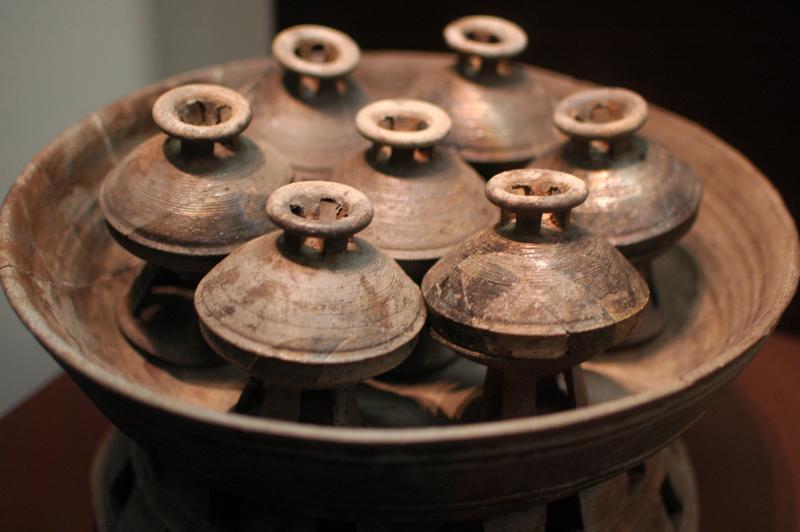
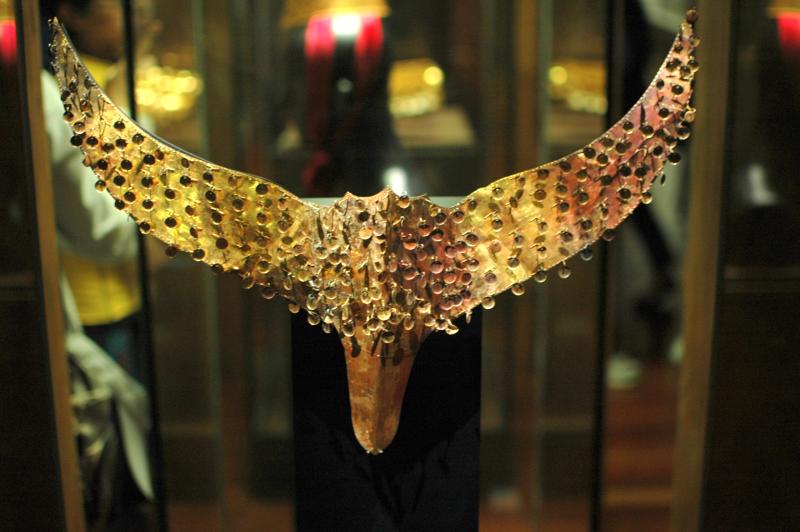
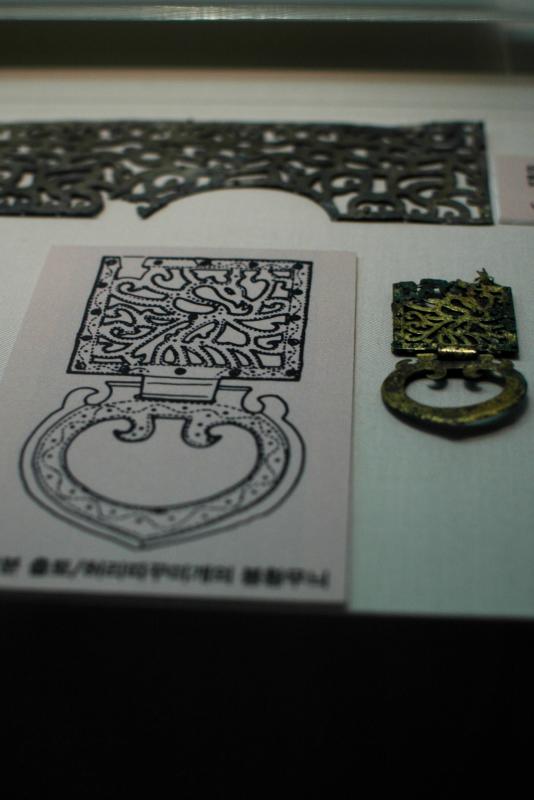
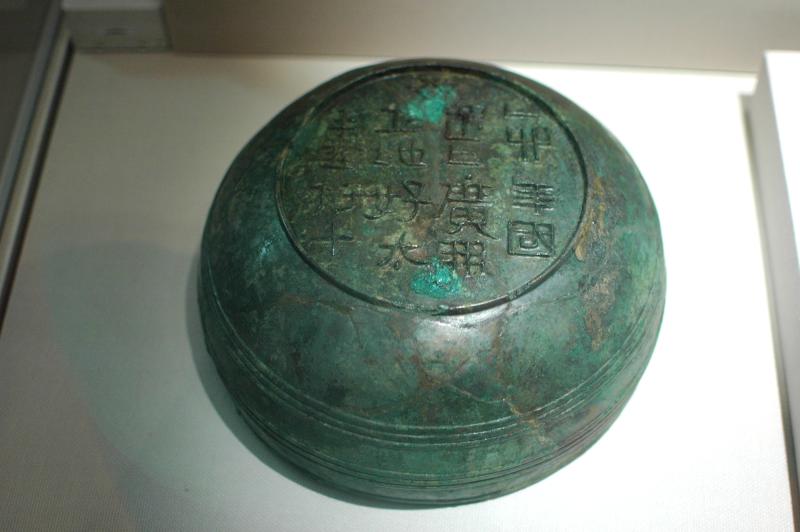



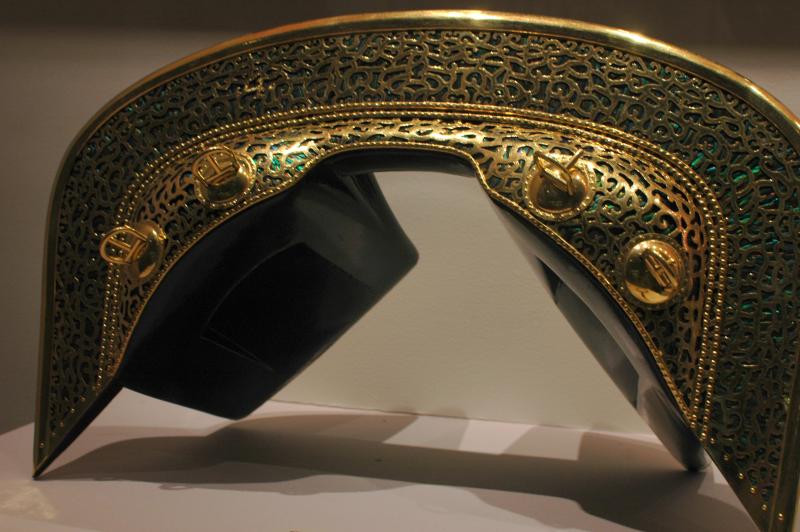
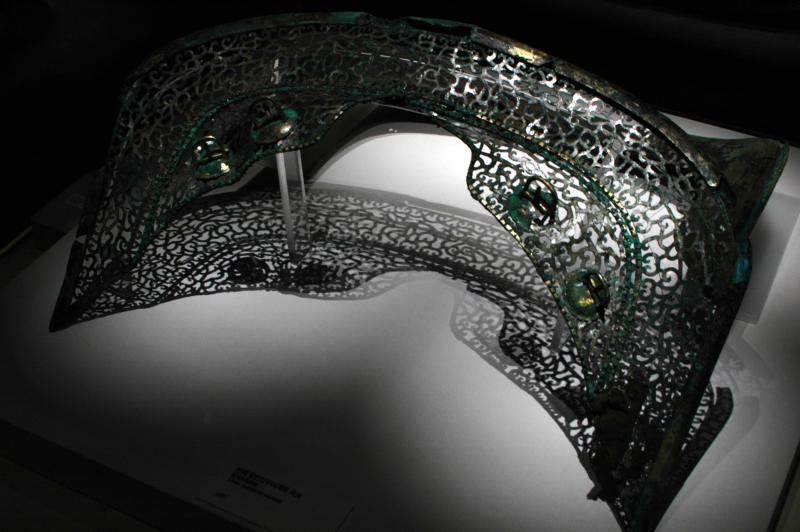









 RSS Feed
RSS Feed






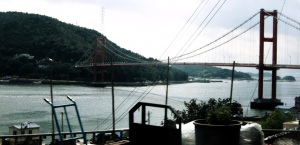
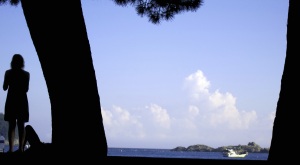













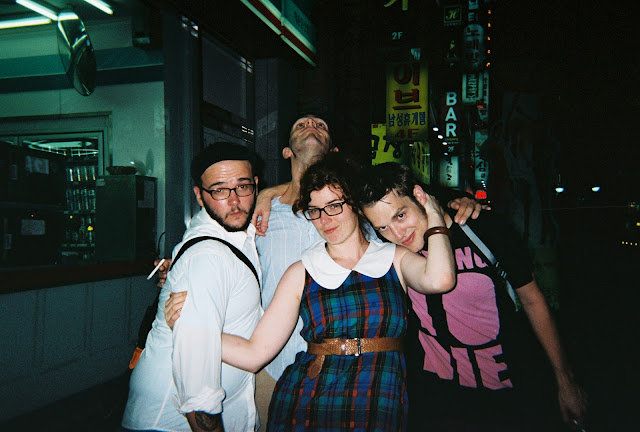








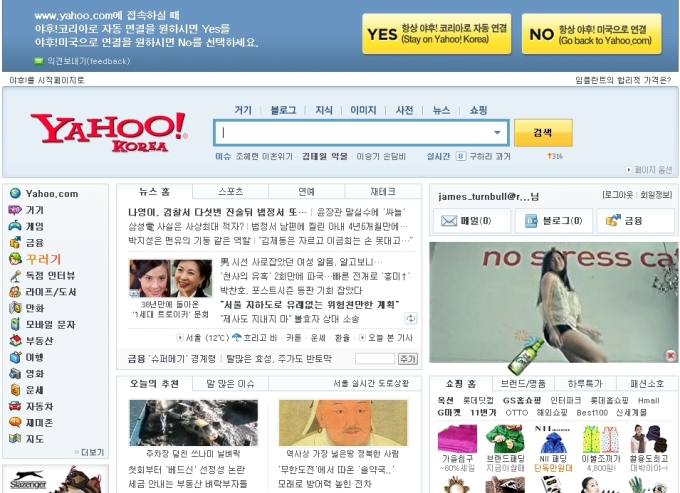



Recent comments